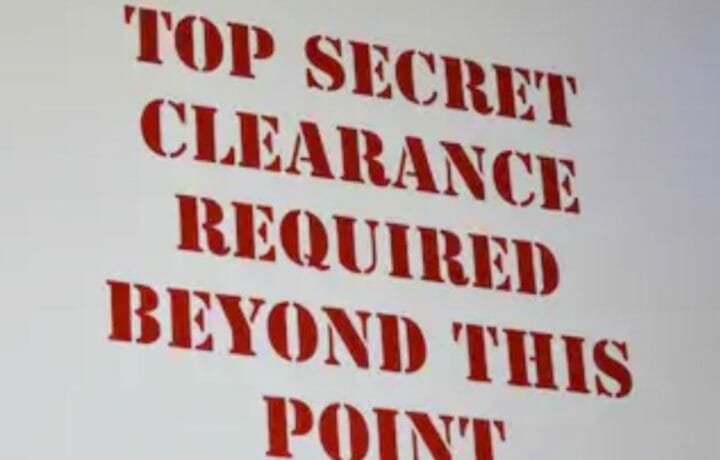Who you work for and where you work are not always the same. This is an important distinction when completing your SF-86 questionnaire in advance of your background investigation.
The situation often arises with government employees and government contractors. In the case of a government employee, the applicant may have physically worked in a particular agency’s satellite office, but the agency headquarters is located in a separate location (the Department of Justice, for instance, is headquartered out of Washington, D.C., but maintains several sub-agencies) Meanwhile, government contractors commonly work onsite at a government location or military duty station, but the contractor’s employer is headquartered elsewhere.
All of this is fairly straightforward. However, it is important to not discount the importance of this seemingly limited area of the SF-86. If an applicant erroneously lists only a job location on the SF-86, this signals to the investigator that both the applicant and the applicant’s personnel records are maintained in the same location. Conversely, if an applicant erroneously lists only the employer location, this signals to the investigator the incorrect location of the applicant’s day-to-day co-workers.
Making your investigator play cat and mouse
How might one of these scenarios play out? Imagine an applicant physically works for his current employer at a job location in Texas, but the employer is headquartered in California. If the applicant lists only the California location on the SF-86, the Office of Personnel Management (OPM) would assign the applicant’s personal interview to California by default. By the time an investigator in California initially contacts the applicant for an interview, ascertains the correct job location, reassigns the interview to Texas, and an investigator in Texas schedules the applicant’s personal interview, weeks could potentially elapse during the interim.
Now imagine an applicant making the same mistake across multiple employments listed on the SF-86. Investigators could spend an immeasurable amount of time sorting out where the applicant worked, and with whom the applicant worked. Simply put, this was a wholly avoidable and unnecessary delay in the investigation.
Identifying the employer location is not always clear. Some larger employers maintain more than one location that would qualify as headquarters. The best practice is for the applicant to determine the location of either the employer’s human resources department or the employee’s personnel file. Often, the personnel file is maintained by the human resources department. A limited inquiry from the applicant to human resources department before submitting the SF-86 should yield the proper location. When the employer location and the job location are the same, there is no need to make any distinction on the SF-86.
Road Warriors
One final caveat: if an applicant works at concurrent job locations for the same employer, list these as separate activities. Each job location should be listed under the appropriate time frame, but the employer location should remain the same. The same rationale applies to consecutive job locations as well. For instance, this may apply to the employee who transfers to a new office or who begins work on a contract at a new location.
In general, the more information discovered after the completion of the SF-86, the longer an investigation drags on. If the applicant adheres to these guidelines, a clear timeline of the applicant’s employment history is established before the start of any investigative field work.
This article is intended as general information only and should not be construed as legal advice.




